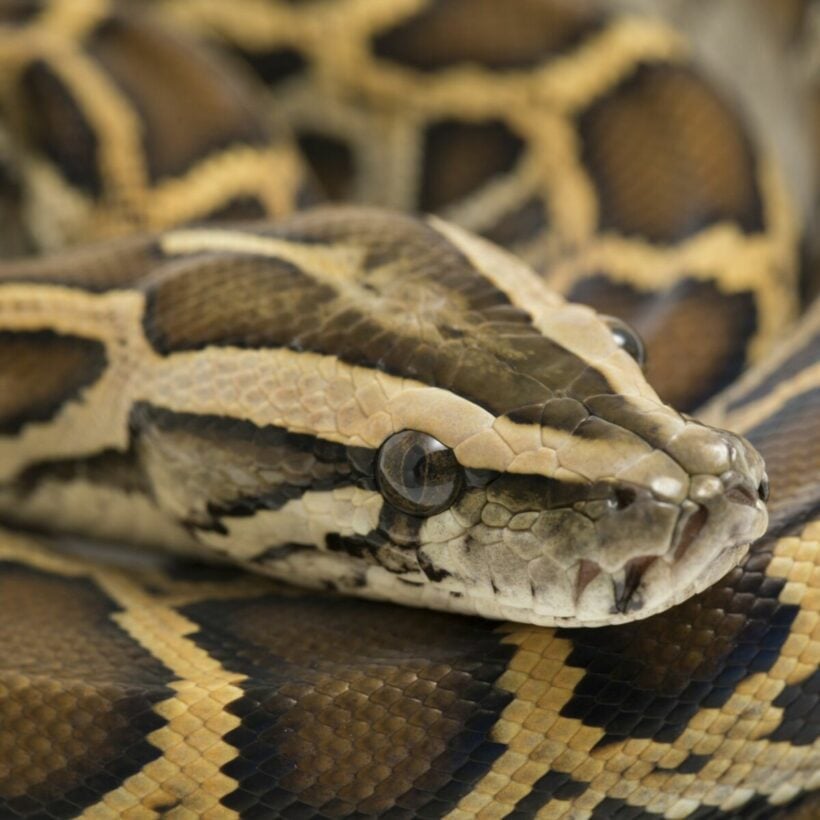Burmese escapees rounded up in annual Florida snake wrangle

In stark contrast to the activities of a single reticulated python that recently swallowed a woman in Indonesia, a 19-year-old south Florida man has captured 28 Burmese pythons in an annual 10-day competition to rid the state of invasive species.
Matthew Concepcion was among the 1,000 people who participated in the annual snake hunt, which this year “removed” 231 of the unwanted pythons.
Concepcion was awarded the US$10,000 prize for the most serpents sent to snake heaven, with Dustin Crum winning US$1,500 for removing the biggest python, at just over 3.3 metres.

Concepcion has been hunting pythons for about five years, looking for them at night when they seek the warmth of roads. He uses his vehicle lights to spot them. This year, however, he only spotted one on the roads in the Everglades, so he changed tactics. Concepcion said…
“I worked a levee, caught a couple of hatchings, and was like, ‘Dang, this might be the ticket!’ So every single night from then on, I went out there – just before sundown to sunup.”
Concepcion wades into canals, using a flashlight to search the underbrush. Smaller snakes are so well-camouflaged that he looks for shadows cast by the flashlight beam. Larger snakes are easier to find.
“They will have a slightly purple tint to them. They’re really beautiful.”
Concepcion said he may use some of his earnings to buy a more powerful lighting set-up for his truck, which will help him spot more snakes.

Burmese pythons, like every species, are protected by Florida’s anti-cruelty laws, so participants had to document that each one was killed humanely, which would be an amusing rule to enforce in Thailand where people appear to take great glee in ignorantly slaughtering any snake they see.
The species was introduced to Florida in the 1970s and 1980s when thousands of snakes were imported to be sold as exotic pets. But while the snakes have become a hugely successful invasive species in Florida, they are facing several threats in their native range. Burmese pythons are, of course, quite commonplace in Thailand, but also in parts of Bangladesh, Bhutan, Cambodia, southern China, India, Laos, Malaysia, Nepal, and Vietnam, to say nothing of Myanmar itself.
These snakes are considered to be semiaquatic and are often found near water or marshy areas, although they can also climb trees. Pythons can even tolerate salt water for prolonged periods and have been found swimming in the Gulf of Mexico and Florida’s Biscayne Bay.

Latest Thailand News
Follow The Thaiger on Google News:


























